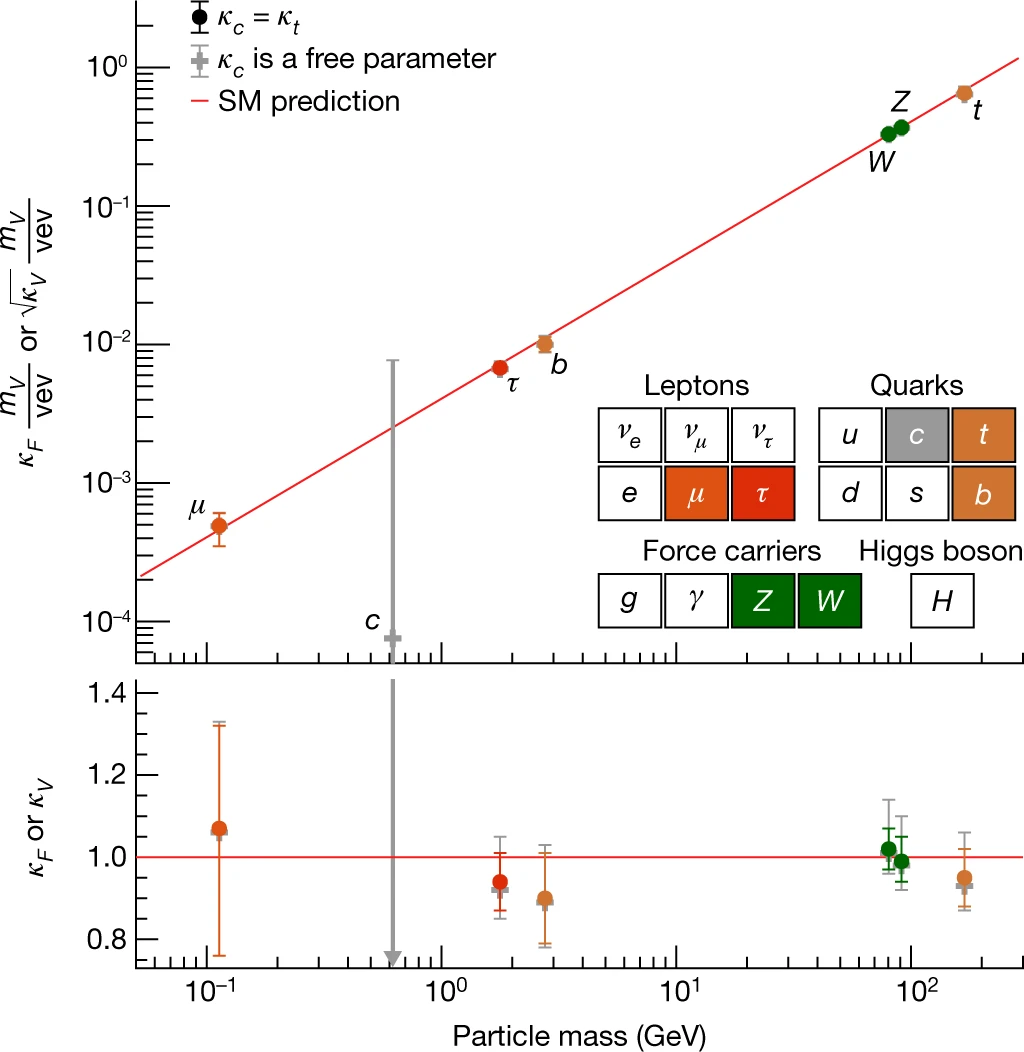Is Quantum Field Theory the Secret Code of the Universe? Discover How It Shapes Our Reality!
What Is Quantum Field Theory and Why Should You Care?
Have you ever wondered what holds the universe together? Or how scientists can predict the behavior of particles smaller than atoms with mind-blowing accuracy? If so, you’re in the right place!
Welcome to FreeAstroScience.com, where we break down the most complex scientific ideas into stories you can actually enjoy. Today, we’re diving into Quantum Field Theory—a topic that sounds intimidating, but trust us, it’s more fascinating (and relevant) than you might think.
Stick with us to the end, and you’ll see how QFT isn’t just for physicists—it’s the key to understanding the very fabric of reality.
How Did Quantum Field Theory Begin? (And Who Was Paul Dirac?)
Let’s rewind to the roaring 1920s. Physics was in chaos. Quantum mechanics had just burst onto the scene, and Einstein’s relativity was shaking up our view of space and time. Enter Paul Dirac—a brilliant, quiet thinker who saw a way to unite these two worlds.
Paul Dirac, the pioneer who set the stage for Quantum Field Theory
Dirac’s big idea? Treat particles not as tiny billiard balls, but as “excitations” in invisible fields that fill all of space. This was the birth of Quantum Field Theory. Suddenly, we could explain how electrons and photons (particles of light) interact, and why matter behaves the way it does.
What Makes Quantum Field Theory So Powerful? (Let’s Talk Forces and Particles)
How Does QFT Explain the Forces of Nature?
QFT isn’t just a theory—it’s a toolkit for understanding the universe’s four fundamental forces:
| Force | Role in Nature | Quantum Theory | Carrier Particle(s) |
|---|---|---|---|
| Electromagnetism | Governs electricity, magnetism, and light | Quantum Electrodynamics (QED) | Photon (γ) |
| Weak Nuclear Force | Responsible for radioactive decay and solar fusion | Electroweak Theory | W+, W-, Z0 bosons |
| Strong Nuclear Force | Binds quarks within protons and neutrons | Quantum Chromodynamics (QCD) | Gluon (g) |
| Gravity | Attracts masses; governs planetary orbits | Not yet unified in QFT | Graviton? (hypothetical) |
Quantum Electrodynamics (QED), developed in the 1940s, is often called the “jewel of physics” because it predicts the results of experiments with astonishing precision—sometimes to 12 decimal places!
Key Finding:
QFT unifies the rules for all known forces (except gravity), letting us predict how particles interact at the smallest scales.
What’s the Deal with the Higgs Field and the Standard Model?
Ever heard of the Higgs boson? In 2012, scientists at CERN’s Large Hadron Collider finally found this elusive particle, confirming the existence of the Higgs field—a kind of cosmic molasses that gives mass to particles.

The Higgs boson decaying into two photons, a key discovery at CERN in 2012
The Standard Model is our best map of the subatomic world. It combines QED, QCD, and the electroweak theory to explain almost everything we see in particle physics. But it’s not perfect—it doesn’t include gravity, and it leaves some big questions unanswered.
What Has Quantum Field Theory Done for Us Lately? (Real-World Impact and New Discoveries)
How Is QFT Shaping Technology and Medicine?
- Quantum Computing: QFT principles are helping us build quantum computers, which could revolutionize everything from cryptography to drug discovery.
- Medical Physics: Techniques inspired by QFT are improving imaging and even leading to new treatments for neurological disorders.
- Navigation: Quantum-enabled navigation systems, based on QFT, are making GPS more secure and reliable.
What Are the Latest Breakthroughs?
- Quantum Entanglement at High Energies: In 2023, scientists at CERN observed entanglement between top quarks—showing that quantum weirdness isn’t just for tiny particles, but also for the heaviest ones.
- Fractional Excitons: In 2025, researchers discovered new quantum particles with unique properties, opening doors for future quantum technologies.
- Simulating the Universe: Physicists are using ultra-cold atoms to mimic the early universe, giving us a glimpse into how quantum fields shaped everything after the Big Bang.

The Standard Model: our best guide to the building blocks of reality
What’s Next for Quantum Field Theory? (The Big Questions)
Even with all its successes, QFT isn’t the final word. Gravity remains the odd one out, stubbornly resisting all attempts to fit it into the quantum framework. Physicists are searching for a “Theory of Everything” that will finally unite all the forces.
Meanwhile, experiments at the Large Hadron Collider and beyond are pushing the boundaries, searching for new particles, dark matter, and clues to the universe’s deepest secrets.

The Large Hadron Collider: where the next big discoveries may be waiting
Conclusion: Why Should You Care About Quantum Field Theory?
Quantum Field Theory isn’t just a playground for physicists—it’s the language of the universe. It explains why the sun shines, how your phone works, and even why you exist.
As we keep exploring, QFT will help us unlock new technologies, cure diseases, and maybe, just maybe, answer the oldest questions about where we come from and where we’re going.
So next time you hear about a new particle discovery or a quantum computer breakthrough, remember: it all comes back to the invisible fields that shape our world.
Final Thought:
The universe is full of mysteries, but with Quantum Field Theory, we’re learning to read its secret code—one discovery at a time.


Post a Comment